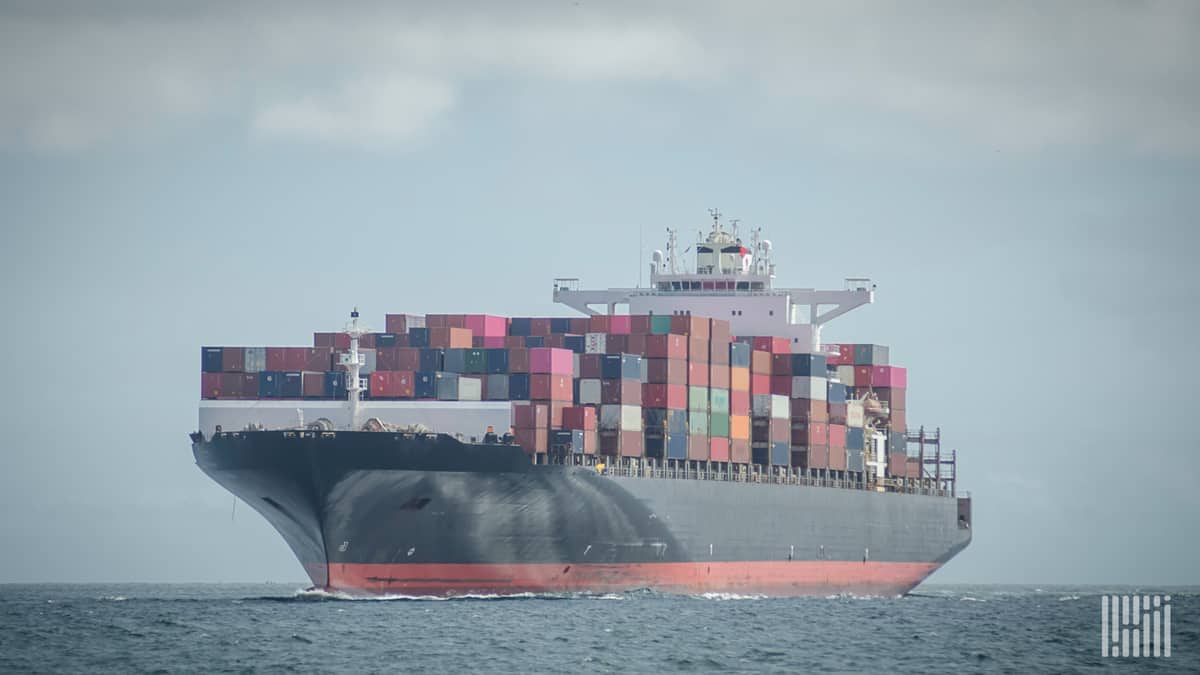The last year has been hard on the maritime industry with the onset of COVID-19 pandemic causing delays and disrupting operations. However, with it sparked the greater need to adapt to changing times, with a greater shift towards digitization ad not to mention changes in supply chain management, and logistical and operational efficiencies. Further, maritime sustainability trends also is on the rise. In this blog, we look at the key maritime sustainability trends in 2021.
It was announced that from the dawn of 2020, the IMO’s 2020 resolution will be in place with it’s call to action for sustainable initiatives for a sustainable planet. The resolution focused compliances with global 0.50% m/m Sulphur content of fuel oil requirement, and adopted resolution MEPC (Marine Environment Protection Committee). With its rollout came more initiatives, which have set the tone for future and present maritime sustainability trends in 2021.
Decarbonization
Reduction of the carbon footprint is one of the core maritime sustainability trends and also one of the long-term goals. The detrimental impact of climate change that are recorded based on weather changes. Carbon emissions have a direct impact on the client and weather which can be hazardous to shipping operations. The MEPC has set a goal to reduce carbon emissions by 40% by 2030.
Technological Advancements
Technological advancement is one of the major ways in which the maritime industry can progress to adapt to changing times. The pandemic made it clear how important digital transformations is important and incorporating smart ports and terminals with a networked infrastructure can increase efficiencies and efficacies. Digitizing processes and documentation can cut down processing time and improve operationality.
Sustainability Development Goals by the IMO
The IMO has also set a list of Sustainability Development Goals that are aligned with maritime sustainability trends, as follows.
- providing a dependable and economic means of transport which will improve commerce and further prosperity,
- promoting sustainable fishing across coastal areas, improving air quality for people living in port cities,
- ensuring quality education and training for members of the maritime community,
- effective waste-disposal,
- development of sustainable infrastructure
- increase in port and coastal safety through risk management and global norms for security and efficiency of ports
- focus on carbon capture underwater topography and ocean fertilization to reduce the impact of climate change
- sustainable use of marine resources to halt land degradation, combat desertification, and reduce the loss of biodiversity
- increasing access to reliable, sustainable energy, and
- provision of equal growth opportunities without racial or gender biases
Other maritime sustainability trends include low-Sulphur fuel use which aligns with the IMO 2021 regulations. Furthermore, shore-to-ship power, where available, allows ships to tap into the country’s electricity grid. Embracing diversity is also crucial to further social principles and open more opportunities for diverse and inclusive employment.

